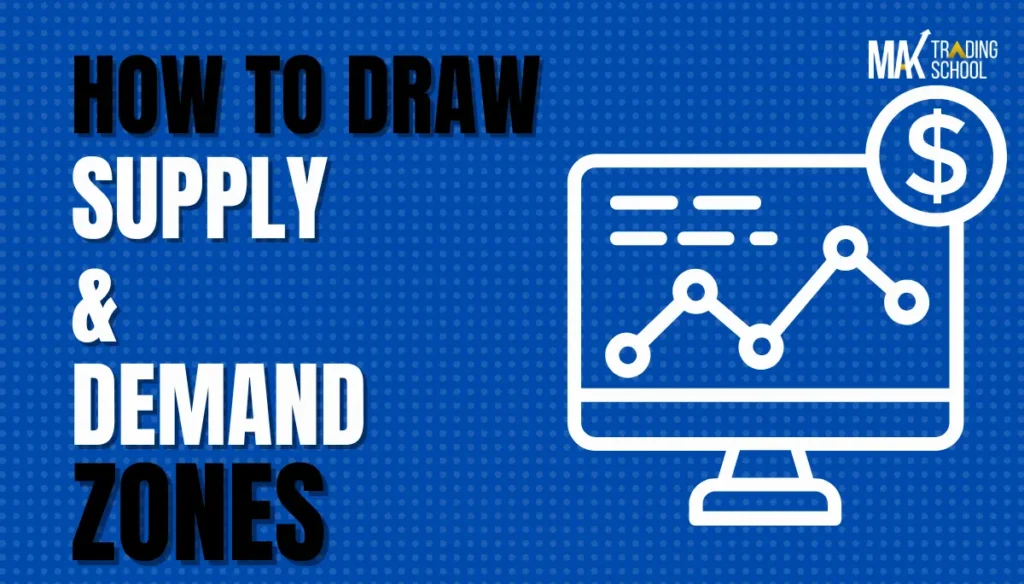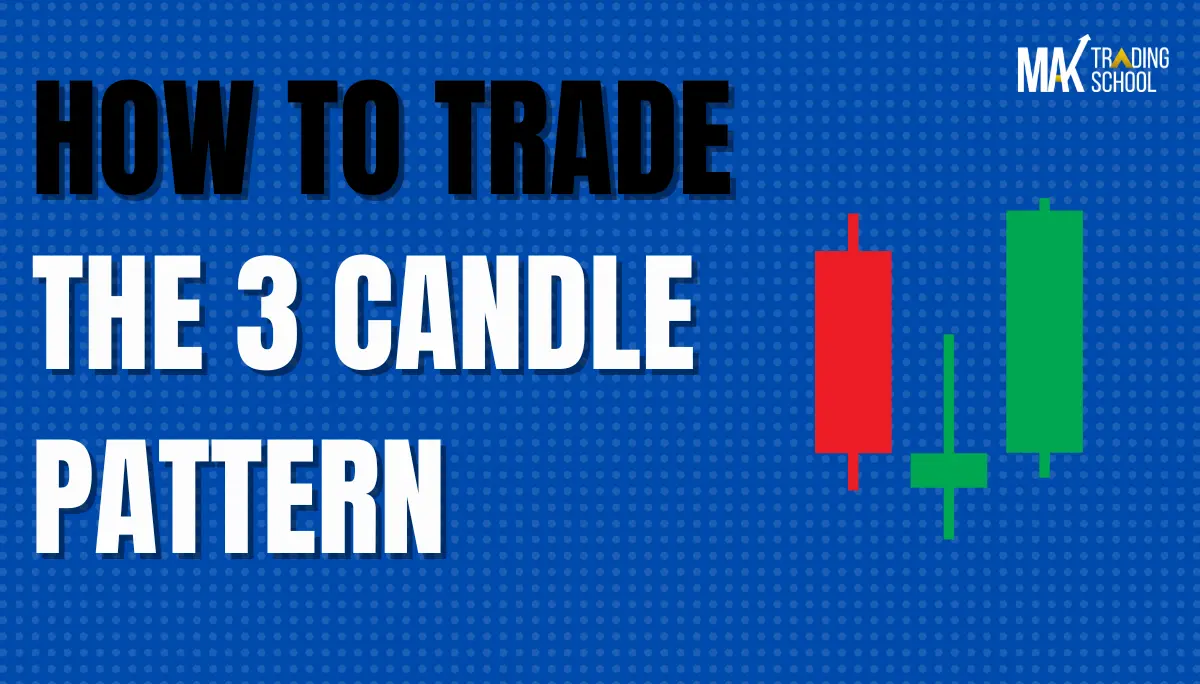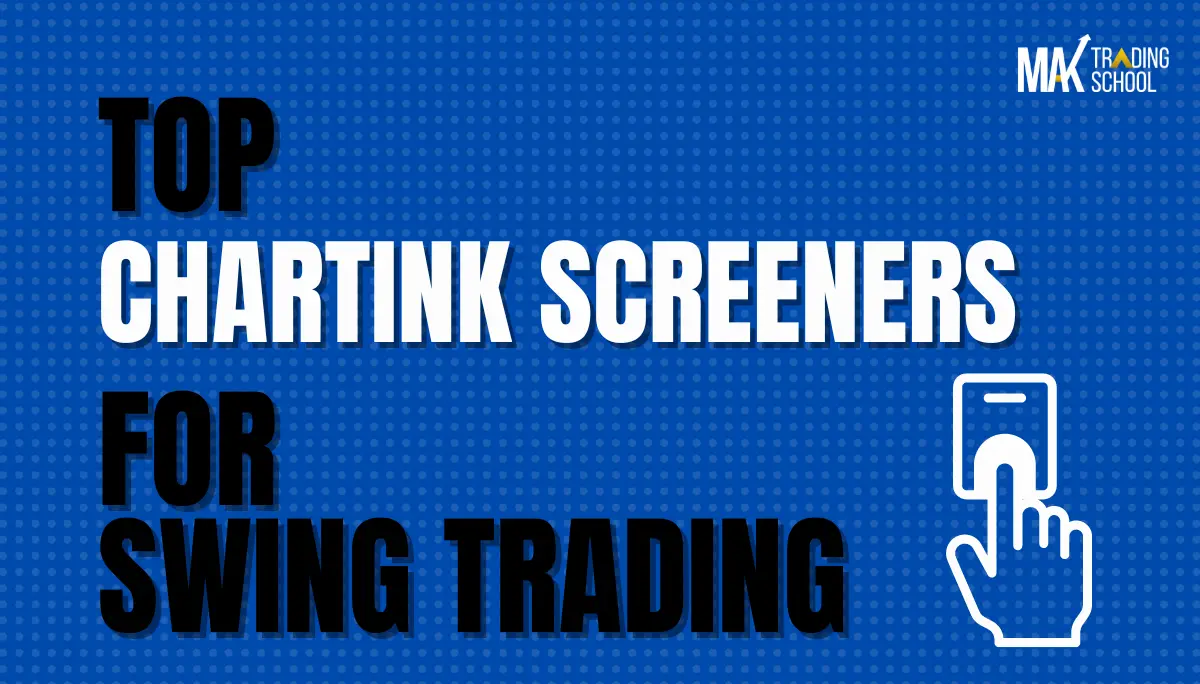Learn the right way to draw Supply and Demand Zones on a chart. Why Supply and Demand trading is such a potent trading strategy that it can be used in any market like Forex, Commodities, Derivatives and Crypto and Equites?
Traders use a wide variety of Trading strategies to trade the financial markets. The trading method known as “Supply and Demand” is one such strategy that has attracted a lot of attention. Traders employ this method to locate possible price turning points in the market. It is based on the fundamental economic premise of supply and demand. Let’s explore this unique trading method in more detail.
What is Supply and Demand Trading Strategy?
Supply and Demand Trading strategy is identifying Zones of Imbalance. These Zones are created by Institutions like big banks, mutual funds, hedge funds and investment banks etc.
Traders using this strategy believe that price tends to reverse when it reaches a supply or demand zone. A Demand zone is an area on the price chart where institutional buyers are likely to participate causing Price to Bounce back up. Conversely, a Supply zone is where institutional sellers are dominant leading to potential Price declines.
A Demand Zone was generated by institutional buying, as shown in the image below; such explosive moves can only be created by large institutions. Because institutions do not purchase everything all at once, they invest on a mean investment basis to obtain a good average price. We will enter as retail traders when prices retrace or pull back to the demand or supply zone so that we can participate along with the major institutions.

Identifying Supply and Demand Zones
The first stage in implementing the Supply and Demand Trading method is to determine high probability supply and demand zones.
Typically, these zones are denoted by large moves caused by Institutional Buying or Selling activity.
How to Draw a Demand Zone?
Drawing a demand zone is a fundamental skill for traders using the supply and demand trading strategy. Demand zones are areas on a price chart where buying interest is expected to be strong, leading to potential price reversals. Here’s a step-by-step guide on how to draw a demand zone:
Step 1: Choose a Time frame
Before you start drawing a demand zone, determine the timeframe you want to trade in. Different timeframes can yield varying demand zone placements, so choose the one that aligns with your trading strategy.

Step 2: Identify Significant Price Moves
Scan the price chart to identify areas where the price has made significant moves in the past. Look for strong upward movements followed by price reversals. These areas are potential candidates for demand zones.
Step 3: Locate the Base of the Move
Locate the lowest point of the significant upward move you’ve identified. This point is crucial as it marks the base of the demand zone. Draw a horizontal line at this level to indicate the bottom of the demand zone. This forms the distal line of the demand zone.
Step 4: Identify the Rally Point
Next, find the highest point of the price move just before the reversal. Draw another horizontal line at this level to mark the top of the demand zone. This line represents the price at which the demand for the asset pushed the price back up. This forms the proximal line of the demand zone.
How to draw proximal and Distal line?
Step 5: Adjust and Refine
Trader can go long when price retraces to the proximal line of the demand, however one can use discretion to identify exact entry point within the zone.
Stop loss needs to be placed below the distal line with some buffer room.
Let’s See some Examples of a Demand Zone

Look at how Prices for Berger Pain Stock retrace back to a Demand Zone ( RBR) on a Daily Zone and achieved targets more than 3:1.

In the above image, BIOCON we took an entry at the Demand Zone (RBR) in 125 mins , achieved more than 8 : 1 and 3 :1 respectively.
Not every Demand zone should be traded blindly, the above examples are purely for educational purposes only.
There are a lot of other factors that needs to be factored in like Location, Trend, Arrival to the zone.
How to Draw a Supply Zone?
Drawing a supply zone is a crucial skill for traders utilizing the supply and demand trading strategy. Supply zones are areas on a price chart where selling pressure is expected to be strong, potentially leading to price reversals. Here’s a step-by-step guide on how to draw a supply zone:

Step 1: Select a Timeframe
Begin by selecting the timeframe that suits your trading strategy. The choice of timeframe can affect the placement and significance of supply zones, so make sure it aligns with your trading objectives.
Step 2: Spot Significant Price Moves
Carefully analyze the price chart to identify instances where the price has experienced significant downward movements followed by reversals. These areas are potential candidates for supply zones.
Step 3: Locate the Peak of the Move
Find the highest point of the significant downward move you’ve identified. This point marks the peak of the supply zone. Draw a horizontal line at this level to indicate the top of the supply zone. This forms the distal line of Supply Zone.
Step 4: Identify the Drop-off Point
Locate the lowest point of the price move just before the reversal. Draw another horizontal line at this level to mark the bottom of the supply zone. This line represents the price at which selling pressure pushed the price back down. This forms the proximal line of Supply Zone.
Step 5: Refine and Adjust
Trader can go short when price retraces to the proximal line of the supply zone, however one can use discretion to identify exact entry point within the zone.
Stop loss needs to be placed above the distal line with some buffer room.
Let’s See some Examples of a Supply Zone

In the image above , a Short trading opportunity in Deepak Nitrate at Daily time frame ,Price retraced back to the Supply Zone(DBD) and fell sharply giving us a target of 3:1

In the above chart AARTI INDUSTRIES , Prices retraced back to the Supply Zone(RBD) on Daily time frame . Look at the way price retraced to the zone and had a sharp fall from the Supply zone. Achieved more than 2 : 1 RR on this trade.
Conclusion
In conclusion, the Supply and Demand Zone strategy offers traders a unique way to analyze price movements. By identifying zones of supply and demand imbalance, traders can aim to catch potential price reversals for profitable trades. This strategy requires patience, careful observation, and proper risk management. As with any trading approach, it’s essential for traders to practice and refine their skills over time.












6 Comments.
Thanks for sharing your wisdom with us.
very useful knowledge for trading journey.
this article is very useful in trading journey, thanks a lot
Nice article!
amazing article , it is really helpful and valuable for me.
I think this post explains the concept more clearly than my own technique. I hope to see more articles about supply and demand that are useful for beginner traders like me.
Thanks, Mahesh!
Thank you so much for the feedback, i do consistently upload videos on youtube . Just search for MAK Trading school . You will get a lot of information . I help a lot of beginner traders to trade in Supply and Demand trading strategy .